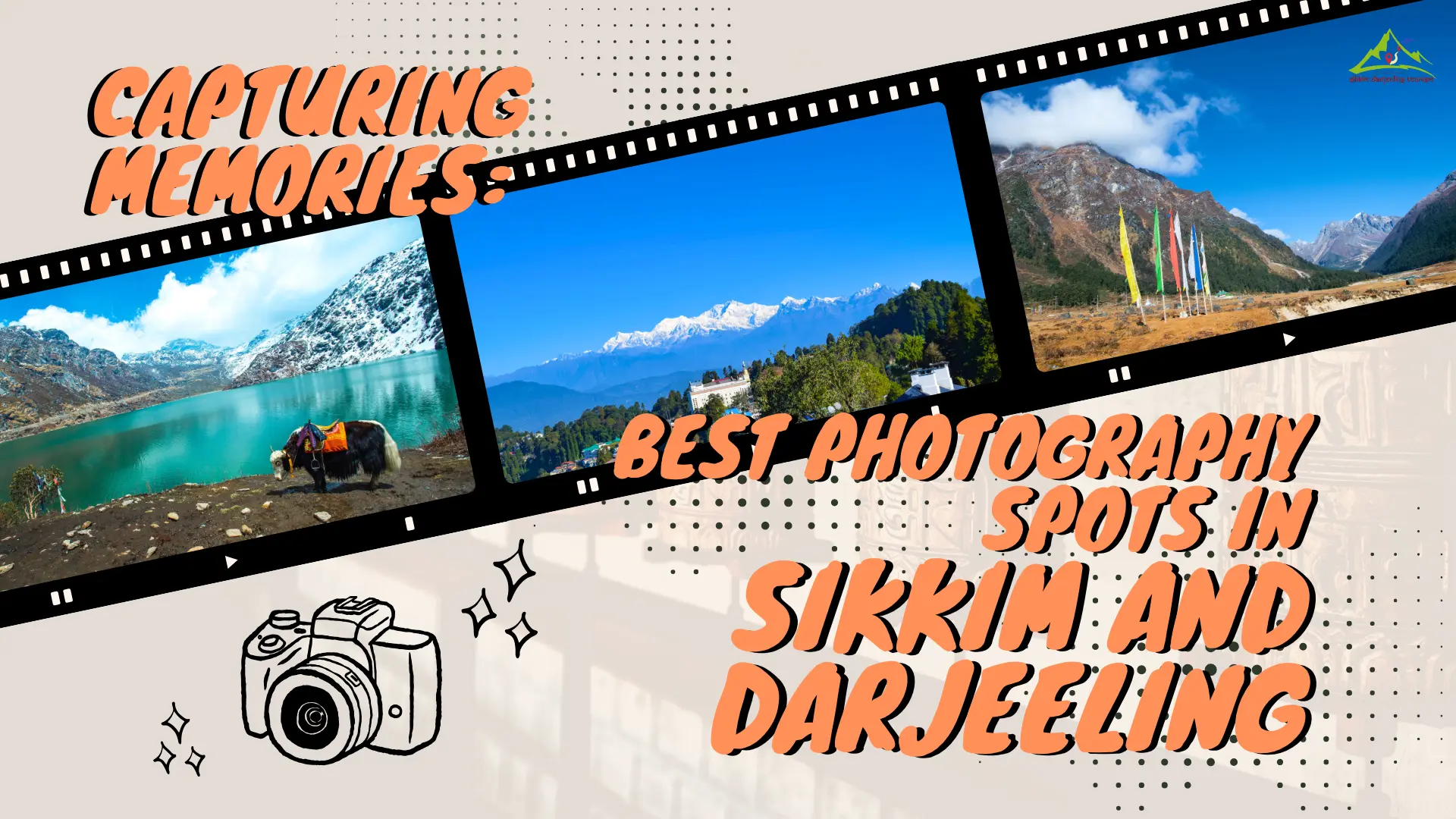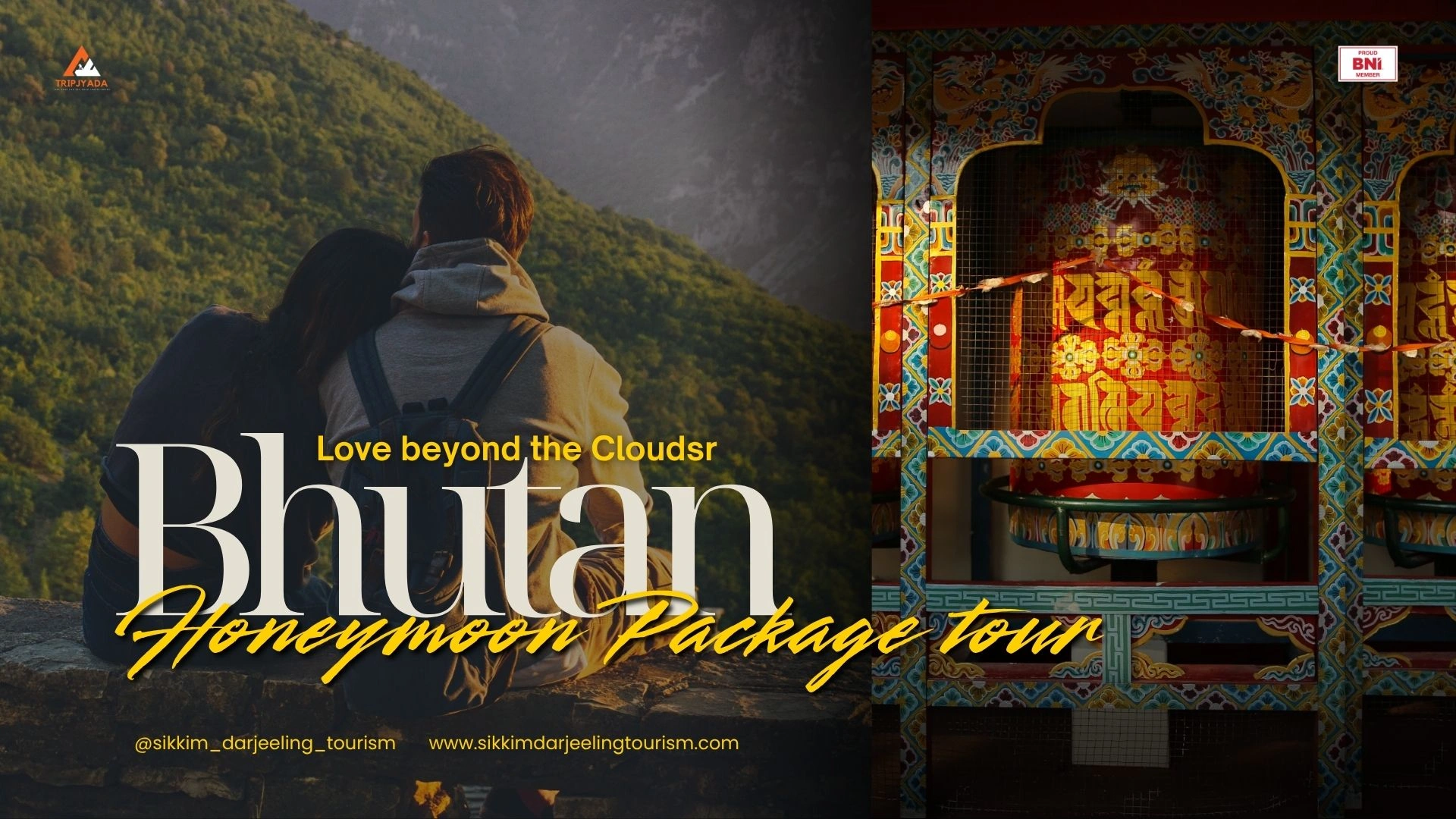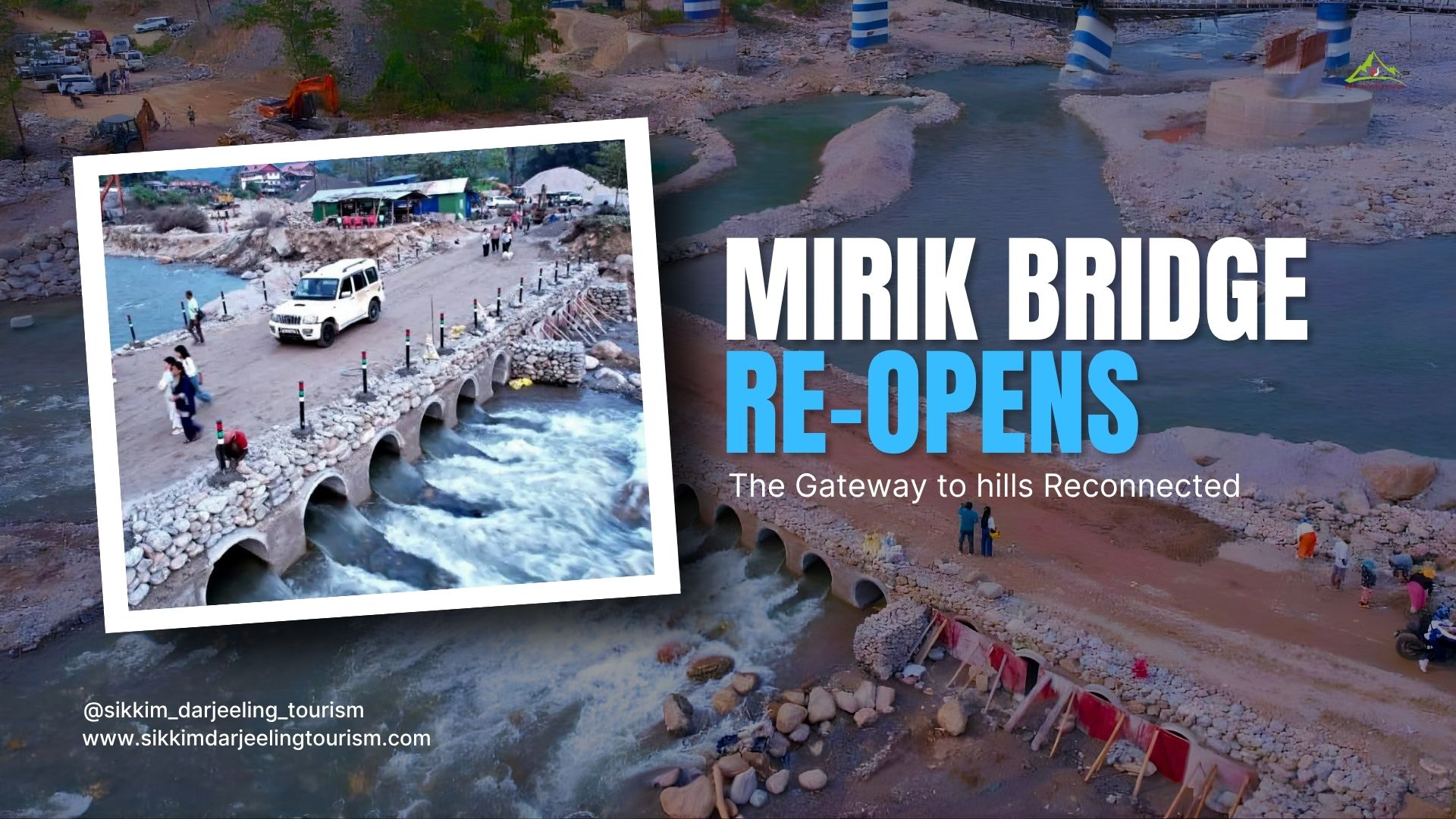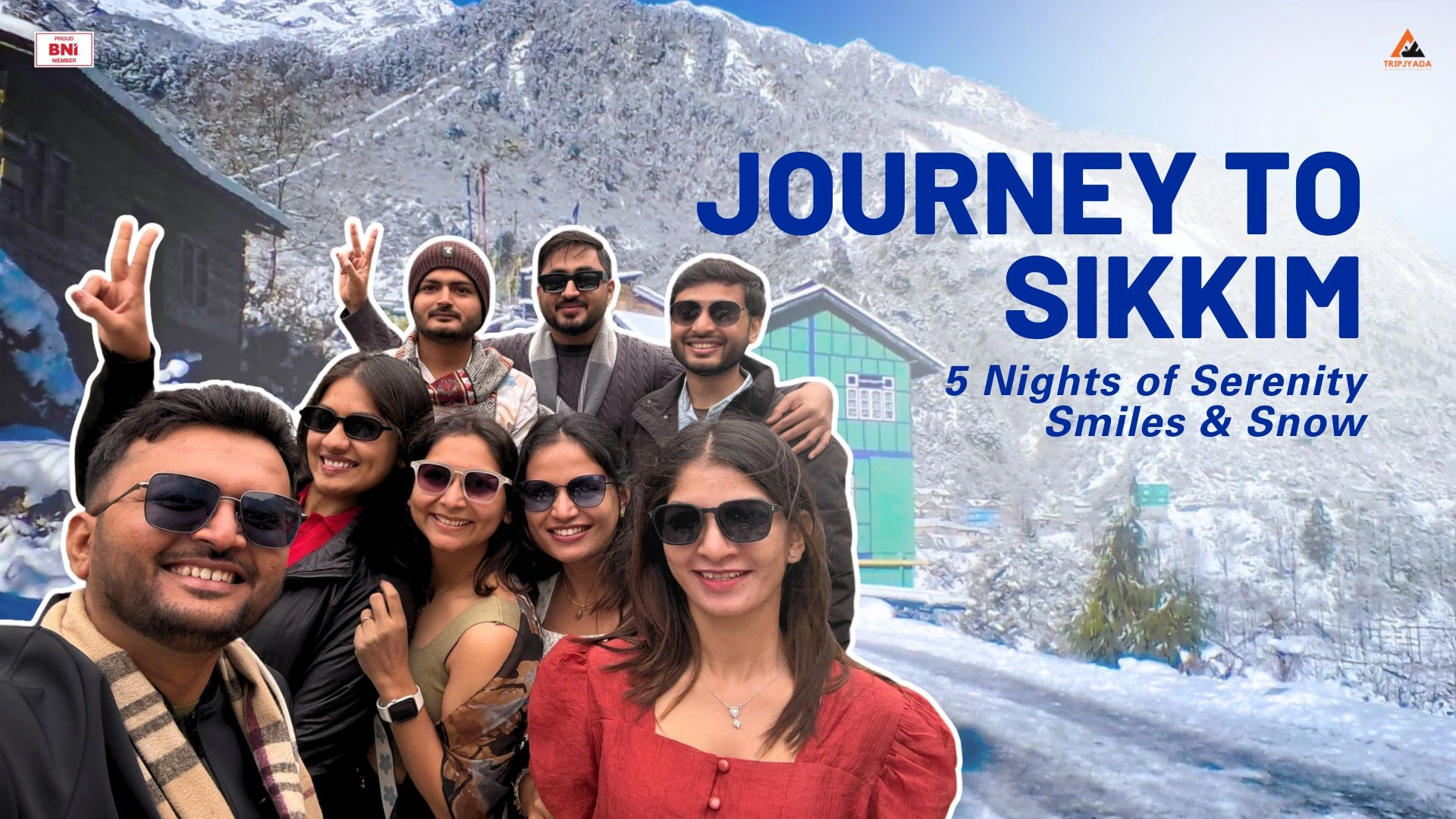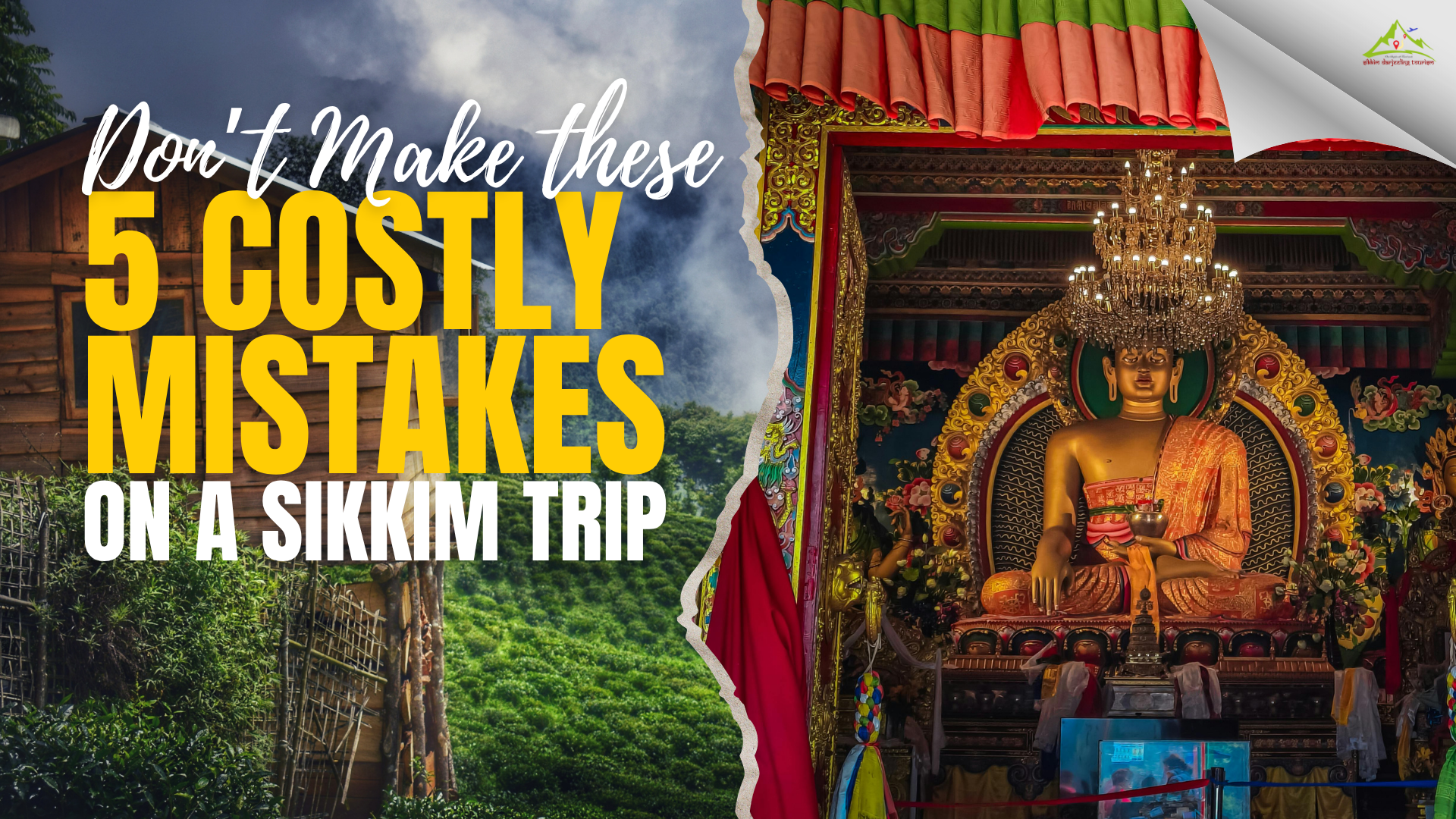When the morning sun spills gold across the peaks of Darjeeling and Sikkim, and mist curls around deodar trees, something magical awakens in these hills. It’s not just another autumn dawn; it’s the spirit of Durga Puja in the hills taking its first breath. In the plains, Puja is grand and loud; but in the hills, it is a blend of tradition, simplicity, culture, and deep feeling.
A Different Rhythm of Celebration
In the hills, Durga Puja does not seem to hurry. It takes a day-by-day approach, a day is a lifetime, sacred, and personal. There is Ghatasthapana, and life seems to cease during the pot-setting in the frigid mountain atmosphere. Then Nauratha comes. Nine days, suspended like a prayer.
On the seventh day, Phulpati arrives. Flower-laden leaves, blossoms, ceremoniously draped, swimming through the passageways, gliding above tea-laden hills. Softly, but distinctly, the clash of drums and Naumati Baja rises. Hope and longing fill the hearts of women in vibrant Guneu Cholo, and men clad in Dawra-Suruwal, as they stand side by side.
Read More… Navratri & Durga Puja 2025 Dates, Rituals & Significance
Echoes of History in the Hills
Durga Puja’s journey to the hills traces back to the British Raj era, when Bengali settlers brought their fervour to these misty terrains. In Darjeeling, the Nripendra Narayan Bengali Hindu Hall (NNBHH) stands as a testament, marking its 109th year in 2025 since its inception in 1914. The journey to the Puja in Darjeeling and Sikkim is particularly significant due to the rich cultural diversity in one area. The strong Bengali traditions remain in the knowledge of the idol, the pushpanjali, and the immersion, but there is also a blend of other cultures that still participate. The Nepali community also participates by singing and incorporating Bengali devotional hymns.
Villagers notice children swaying in the sky due to the bamboo swings and hear them singing folk songs. They participate and share in the laughter, the calling, and the joy. The youth is reminded of times when every street was paraded, but now, although the streets lack the same population, the devotion is still the same.
In Kurseong and Kalimpong, too, venerable puja committees keep alive traditions passed down. They guard them, nurture them. They know that Puja is more than ritual, it is identity.
Where Culture Meets Unity
In the hills, the singularity of the culture becomes tangible during Durga Puja through the performance of rituals anchored in the thick Gorkha and Bengali melange. Phulpati day in Darjeeling, for instance, features the Lakhey dance in which performers wearing elaborate masks and warrior-like garb slash at the air with swords, punctuating the ancient fabric of the storyline with the thunderous blare of the Naumati Baja.
In Sikkim, the celebration takes on the warmth of Dasain. Families gather for tika as elders bless the young with prayers. Little girls, dressed as Kumaris in bright Guneu Cholo and Fariya, walk proudly at the front of processions. And though bamboo swing songs fade in towns, villages in West Sikkim still echo with hymns and folk tunes carried by mountain winds.
It is the togetherness and the rituals that express themselves the loudest. Bengali and Gorkha pandal committees rub shoulders during the entire duration of Puja, from the gentle Bilva Nimantran of the day into the midnight celebration at Sandhi Puja. The day is a gentle mosaic, alive with Puja, breath, and silently woven together through the hills, hills that remember the shared stories of every person.
The Magic of the Final Day
On Dashami, the hills wake up to both joy and sorrow. The goddess, who had walked with them for days, is time to leave. Women in bright colours put sindoor on each other’s faces, their laughter mingling with quiet tears. Children run around with sweets in their hands, not fully understanding why the grown-ups are both smiling and crying.
As the idol begins its journey to the water, drums beat louder, conch shells echo through the valleys, and chants rise into the mountain air. In that moment, every road, every hillside feels alive with devotion. The immersion is not just a ritual, it is a promise that the Mother will return, bringing with her the same warmth and unity.
The Last Beat Of Dhaak
Durga Puja in Sikkim and Darjeeling is more than a festival, it’s a journey through lifestyle, devotion, and togetherness. Here, the puja feels different: bamboo swings swaying in remote villages, masked Lakhey dances filling Darjeeling’s streets, and households in Sikkim collecting for tika below crisp autumn skies.
Every moment is wrapped in mountain mist, prayer flags, and the warm temperature of the network. For travellers, witnessing Puja within the hills is an experience beyond sightseeing. It’s now not pretty much temples, tea gardens, or winding toy train rides, it’s about feeling the rhythm of local life, sharing in traditions, and carrying home memories as vibrant as the festivals themselves.
Durga Puja inside the hills reminds us that Sikkim and Darjeeling are not simply destinations to visit, they’re locations to belong, despite the fact that simplest for a while.


